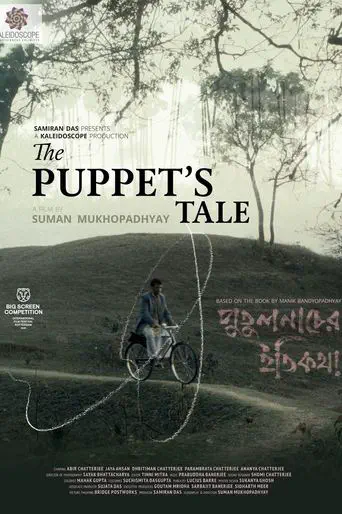
The Puppet's Tale
Drama History Bengali
Shashi, an urbane doctor, returns to his native village, a place seemingly mired in a backward way of life, for a short visit. As he becomes closely involved with the villagers, Shashi’s short stay threatens to become permanent.
| Cast: | Abir Chatterjee, Jaya Ahsan, Parambrata Chatterjee, Dhritiman Chatterjee, Ananya Chatterjee, Surangana Bandyopadhyay |
|---|---|
| Director: | Suman Mukhopadhyay |
| Writer: | Manik Bandopadhyay |
| Camera: | Sayak Bhattacharya |
Guild Reviews
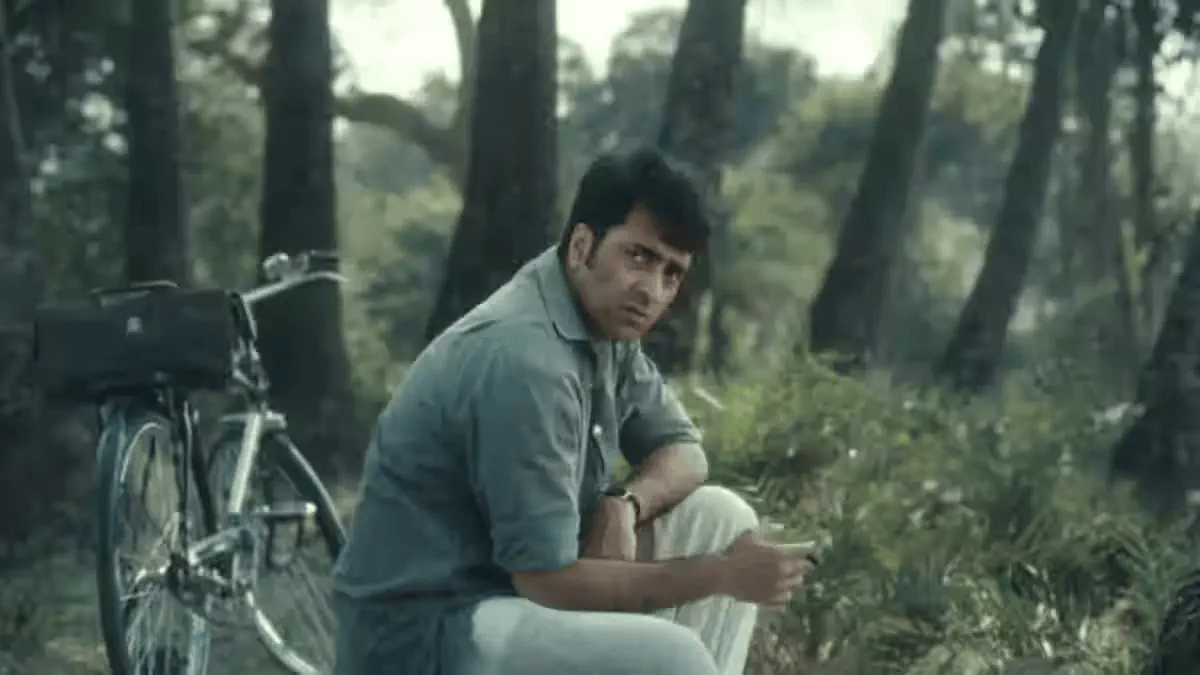
Captures The Anxiety Of A Man and A Country — On The Edge

(Written for OTT Play)
Suman Mukhopadhyay’s Putulnacher Itikatha or The Puppet’s Tale (part of the Big Screen Competition at International Film Festival Rotterdam this week) begins with a man on a boat, the twilight glistening in the swampy conditions surrounded by rural Bengal of the late 1930s. On the boat is Dr Shashi Bhuto (Abir Chatterjee), encountering his ancestral village and with it, death. “Everyone must face death someday”, his voiceover drones, insisting that he doesn’t, therefore, mourn. He lives a double life, one in his physical manifestation, as a doctor in a village in pre-Independence India, populated by people with little to no education and beset by all kinds of issues, from religious dogma, superstitions and lack of access to basic services amidst war in Europe and freedom struggle. His other life is in his head, his future he dreams of in a city, maybe London, as the affluent, posh doctor he wishes to be. In many ways, The Puppet’s Tale — adapted from Manik Bandopadhyay’s 1936 novel of the same name — is a curious film. It can be placed in the context of a particular time in India as well as a particular period in Indian cinema. It is set during a transitional, commotion-filled phase in modern Indian history — less than a decade for independence from British rule—with the movement touching every corner of the country. The film intentionally refrains from registering any of that. In cinema terms, it is almost two decades before Satyajit Ray’s Pather Panchali, which itself is a certain rural time capsule of new India, followed by forced migration towards busier parts of the country. Here, Shashi’s existential crisis takes precedence over India’s own. That’s not to say he is unbothered by the condition of a country that is just about incubating. His existential crisis eats away at him, he holds dreams of moving to London to be the doctor that he wants to be instead of toiling away treating the local villagers who are sceptical about his methods.
Latest Reviews
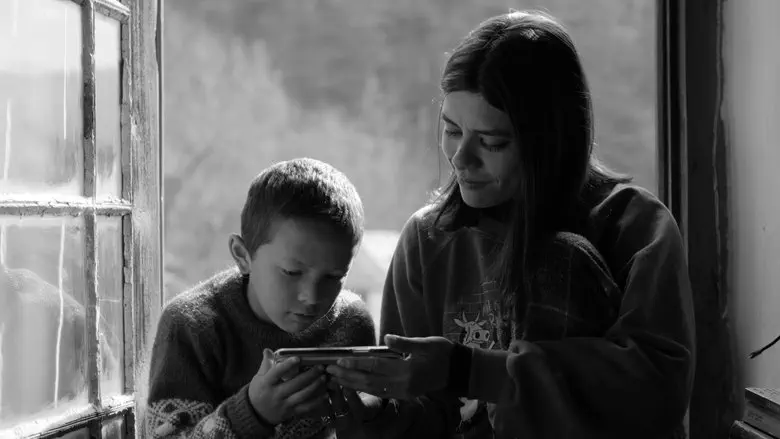
Second Chance
Drama (Hindi)
After experiencing the first major trauma of her young life, Nia retreats to her family summer… (more)


From the World of John Wick: Ballerina
Action, Thriller, Crime (English)
An assassin trained in the traditions of the Ruska Roma organization sets out to seek revenge… (more)

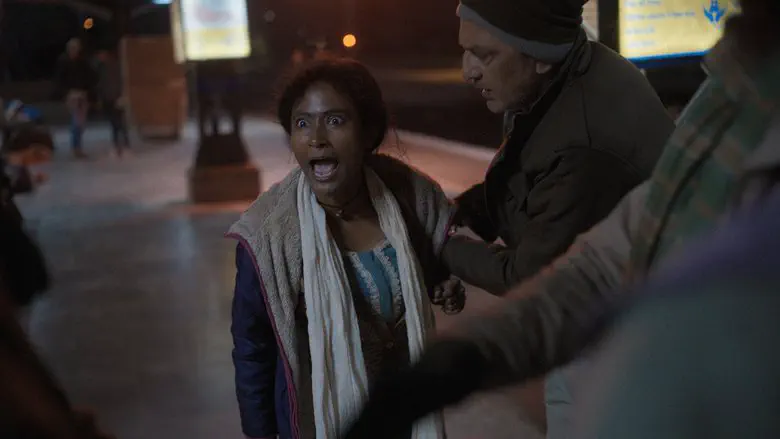
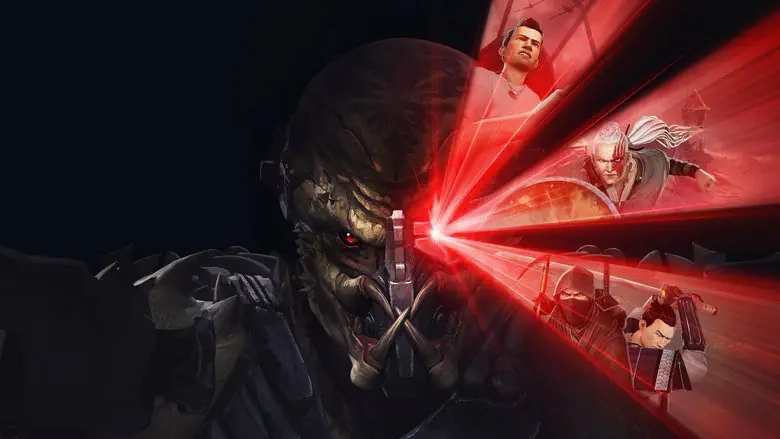
Predator: Killer of Killers
Animation, Action, Science Fiction (English)
While three of the fiercest warriors in human history—a Viking raider, a ninja in feudal Japan,… (more)